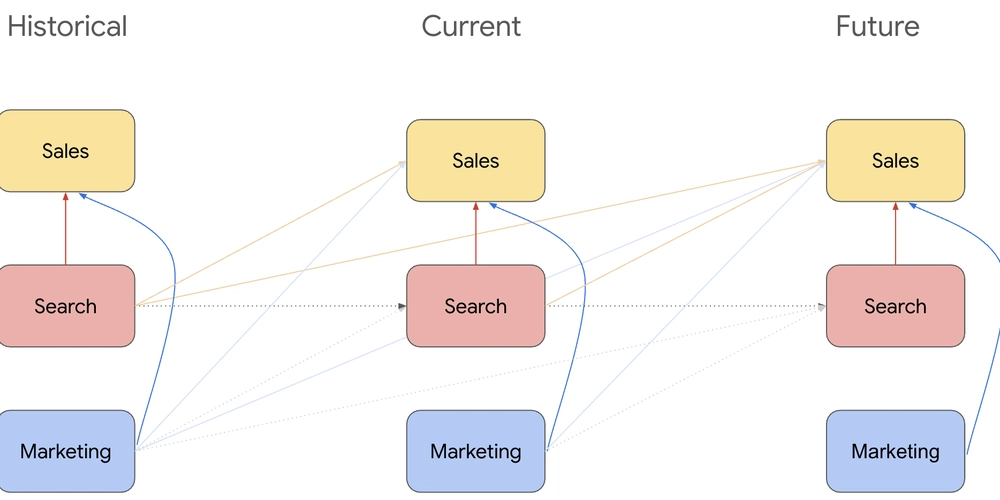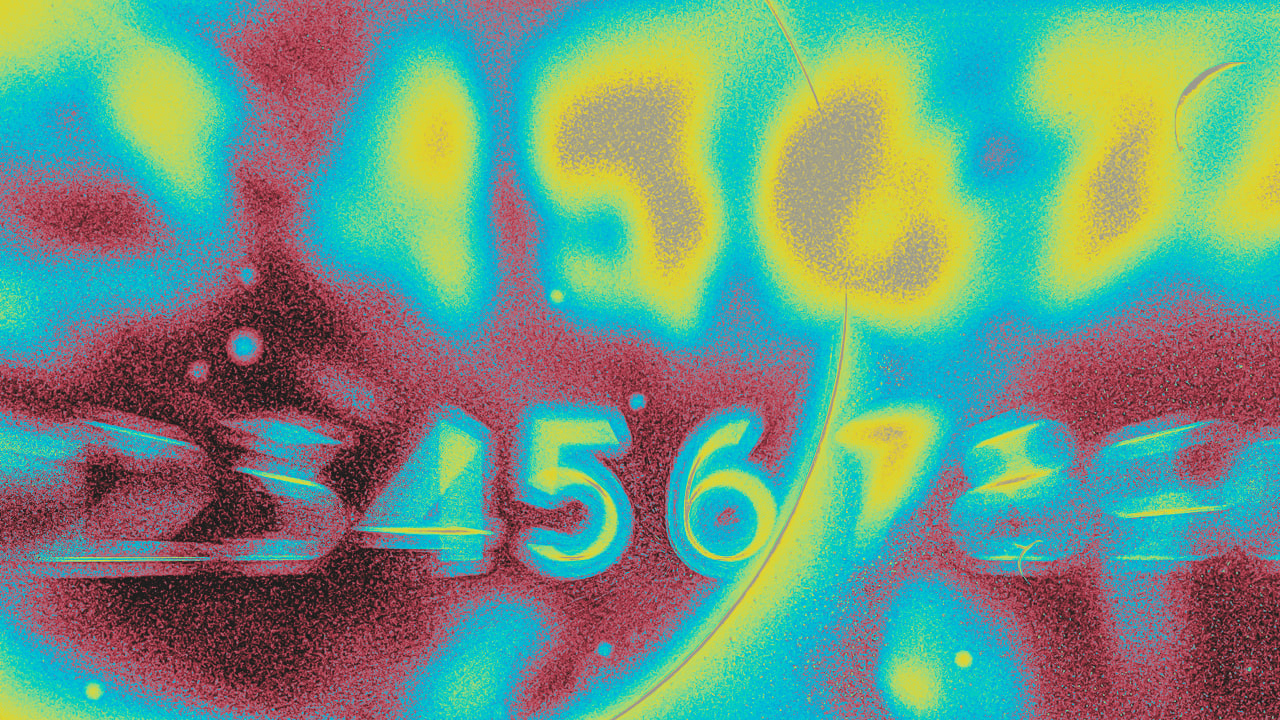The Revolutionary Art of Pablo Picasso: A Journey Through His Iconic Paintings
Title: The Revolutionary Art of Pablo Picasso: A Journey Through His Iconic Paintings Introduction Pablo Picasso (1881–1973), a titan of modern art, redefined creativity with his fearless experimentation and boundless innovation. Over a career spanning seven decades, he produced over 50,000 works, but it is his paintings that most vividly capture his genius. From haunting blue-toned figures to fragmented Cubist masterpieces, Picasso’s art challenges perceptions and invites viewers to see the world anew. Let’s explore the phases and paintings that mark his legendary journey. Early Life and the Blue Period (1901–1904) Born in Málaga, Spain, Picasso demonstrated prodigious talent early on. By his late teens, he had mastered classical techniques, but personal turmoil—including the suicide of his friend Carlos Casagemas—plunged him into a phase of melancholy. His Blue Period emerged, characterized by somber hues and themes of poverty and despair. Key Works: **The Old Guitarist* (1903)*: A blind, gaunt musician hunches over his guitar, symbolizing human fragility. The monochromatic blue palette amplifies the sense of isolation. **La Vie* (1903)*: A poignant meditation on love and loss, inspired by Casagemas’ death. These paintings, though bleak, reveal Picasso’s empathy for society’s marginalized. The Rose Period (1904–1906) As Picasso’s spirits lifted, so did his palette. The Rose Period introduced warm oranges and pinks, with subjects often drawn from circus performers (saltimbanques). These figures, though whimsical, carried an undercurrent of loneliness. Key Work: **Family of Saltimbanques* (1905)*: A group of acrobats stands in a barren landscape, their camaraderie masking quiet melancholy. This phase showcased Picasso’s ability to blend tenderness with existential reflection. The Birth of Cubism (1907–1919) In 1907, Picasso shattered tradition with Les Demoiselles d’Avignon, depicting five nude women with angular, mask-like faces. Inspired by African art, this painting became the precursor to Cubism—a radical style co-founded with Georges Braque. Cubism deconstructed objects into geometric planes, presenting multiple perspectives simultaneously. Key Works: **Les Demoiselles d’Avignon* (1907)*: A seismic shift in art, rejecting realism for primal abstraction. **Guernica* (1937)*: Picasso’s magnum opus, a visceral anti-war statement responding to the bombing of a Basque village during the Spanish Civil War. Monochromatic chaos captures the horror of conflict. **Three Musicians* (1921)*: A vibrant, puzzle-like composition celebrating music through fragmented forms. Cubism’s legacy lies in its challenge to perceive reality beyond the surface. Later Explorations: Classicism and Surrealism Post-Cubism, Picasso’s style remained restless. He dabbled in neoclassical figures (e.g., **Two Women Running on the Beach, 1922) and Surrealist distortions (e.g., **The Weeping Woman, 1937), blending emotional intensity with dreamlike imagery. Legacy and Influence Picasso’s impact is immeasurable. He democratized art by proving that creativity lies not in imitation but in reinterpretation. His works, housed in museums like Barcelona’s Museu Picasso and Paris’s Musée Picasso, continue to inspire artists, designers, and thinkers. Final Thoughts As Picasso once said, “Art is a lie that makes us realize truth.” His paintings—whether aching with sorrow or bursting with innovation—invite us to question, feel, and imagine. In a world bound by conventions, Picasso remains a beacon of boundless possibility. Where to See His Work: Museu Picasso (Barcelona) Musée Picasso (Paris) Museum of Modern Art (New York), home to Guernica until its return to Spain in 1981. Dive into Picasso’s world, and discover how one man’s vision forever changed the canvas of art history.

Title: The Revolutionary Art of Pablo Picasso: A Journey Through His Iconic Paintings
Introduction
Pablo Picasso (1881–1973), a titan of modern art, redefined creativity with his fearless experimentation and boundless innovation. Over a career spanning seven decades, he produced over 50,000 works, but it is his paintings that most vividly capture his genius. From haunting blue-toned figures to fragmented Cubist masterpieces, Picasso’s art challenges perceptions and invites viewers to see the world anew. Let’s explore the phases and paintings that mark his legendary journey.
Early Life and the Blue Period (1901–1904)
Born in Málaga, Spain, Picasso demonstrated prodigious talent early on. By his late teens, he had mastered classical techniques, but personal turmoil—including the suicide of his friend Carlos Casagemas—plunged him into a phase of melancholy. His Blue Period emerged, characterized by somber hues and themes of poverty and despair.
Key Works:
- **The Old Guitarist* (1903)*: A blind, gaunt musician hunches over his guitar, symbolizing human fragility. The monochromatic blue palette amplifies the sense of isolation.
- **La Vie* (1903)*: A poignant meditation on love and loss, inspired by Casagemas’ death.
These paintings, though bleak, reveal Picasso’s empathy for society’s marginalized.
The Rose Period (1904–1906)
As Picasso’s spirits lifted, so did his palette. The Rose Period introduced warm oranges and pinks, with subjects often drawn from circus performers (saltimbanques). These figures, though whimsical, carried an undercurrent of loneliness.
Key Work:
- **Family of Saltimbanques* (1905)*: A group of acrobats stands in a barren landscape, their camaraderie masking quiet melancholy.
This phase showcased Picasso’s ability to blend tenderness with existential reflection.
The Birth of Cubism (1907–1919)
In 1907, Picasso shattered tradition with Les Demoiselles d’Avignon, depicting five nude women with angular, mask-like faces. Inspired by African art, this painting became the precursor to Cubism—a radical style co-founded with Georges Braque. Cubism deconstructed objects into geometric planes, presenting multiple perspectives simultaneously.
Key Works:
- **Les Demoiselles d’Avignon* (1907)*: A seismic shift in art, rejecting realism for primal abstraction.
- **Guernica* (1937)*: Picasso’s magnum opus, a visceral anti-war statement responding to the bombing of a Basque village during the Spanish Civil War. Monochromatic chaos captures the horror of conflict.
- **Three Musicians* (1921)*: A vibrant, puzzle-like composition celebrating music through fragmented forms.
Cubism’s legacy lies in its challenge to perceive reality beyond the surface.
Later Explorations: Classicism and Surrealism
Post-Cubism, Picasso’s style remained restless. He dabbled in neoclassical figures (e.g., **Two Women Running on the Beach, 1922) and Surrealist distortions (e.g., **The Weeping Woman, 1937), blending emotional intensity with dreamlike imagery.
Legacy and Influence
Picasso’s impact is immeasurable. He democratized art by proving that creativity lies not in imitation but in reinterpretation. His works, housed in museums like Barcelona’s Museu Picasso and Paris’s Musée Picasso, continue to inspire artists, designers, and thinkers.
Final Thoughts
As Picasso once said, “Art is a lie that makes us realize truth.” His paintings—whether aching with sorrow or bursting with innovation—invite us to question, feel, and imagine. In a world bound by conventions, Picasso remains a beacon of boundless possibility.
Where to See His Work:
- Museu Picasso (Barcelona)
- Musée Picasso (Paris)
- Museum of Modern Art (New York), home to Guernica until its return to Spain in 1981.
Dive into Picasso’s world, and discover how one man’s vision forever changed the canvas of art history.







































































































































































![[The AI Show Episode 143]: ChatGPT Revenue Surge, New AGI Timelines, Amazon’s AI Agent, Claude for Education, Model Context Protocol & LLMs Pass the Turing Test](https://www.marketingaiinstitute.com/hubfs/ep%20143%20cover.png)





































































































































![From drop-out to software architect with Jason Lengstorf [Podcast #167]](https://cdn.hashnode.com/res/hashnode/image/upload/v1743796461357/f3d19cd7-e6f5-4d7c-8bfc-eb974bc8da68.png?#)











































.png?width=1920&height=1920&fit=bounds&quality=70&format=jpg&auto=webp#)




























































.jpg?#)







.png?width=1920&height=1920&fit=bounds&quality=70&format=jpg&auto=webp#)























_ArtemisDiana_Alamy.jpg?#)












































































-xl.jpg)












![Yes, the Gemini icon is now bigger and brighter on Android [U]](https://i0.wp.com/9to5google.com/wp-content/uploads/sites/4/2025/02/Gemini-on-Galaxy-S25.jpg?resize=1200%2C628&quality=82&strip=all&ssl=1)












![Apple Rushes Five Planes of iPhones to US Ahead of New Tariffs [Report]](https://www.iclarified.com/images/news/96967/96967/96967-640.jpg)
![Apple Vision Pro 2 Allegedly in Production Ahead of 2025 Launch [Rumor]](https://www.iclarified.com/images/news/96965/96965/96965-640.jpg)



































































































































